DOGGY Airdrop Checker
This tool helps you determine whether a claimed DOGGY airdrop is legitimate or a scam. Enter details about the airdrop claim below to analyze it.
When you type “DOGGY airdrop” into a search engine, you’ll see a mix of buzz, hype, and outright confusion. Some pages promise free tokens, others talk about a pixel‑art NFT collection, and a few even mix in Telegram‑based tokens. This guide cuts through the noise, explains what the actual DOGGY project is, why a traditional airdrop doesn’t exist for it, and how you can protect yourself from scams that piggy‑back on the name.
TL;DR
- DOGGY is an NFT collection of 10,000 pixel‑art dogs, not a fungible token.
- No verified DOGGY airdrop has been announced by the official team.
- Confusion stems from similarly‑named projects: DOGS (Telegram/TON) and DOG•GO‑TO‑THE‑MOON (Bitcoin Runes).
- Always verify airdrop claims on the project’s official channels before sharing wallet info.
- Use the checklist below to spot red flags and avoid losing funds.
What Is the DOGGY Project?
DOGGY is a collection of 10,000 unique, pixel‑styled generative NFTs called “Crypto Doggy”. Launched in early 2024, each token lives on the Ethereum blockchain (ERC‑721) and costs roughly $0.0002177USD on secondary markets. Trading volume is essentially zero, indicating a very low‑activity community.
The project’s roadmap, as posted on its official Discord and Twitter, focuses on occasional art drops, community contests, and a future utility layer that may tie the NFTs to a metaverse preview. There is no mention of a token‑based airdrop, because NFTs are distributed through minting or direct sales, not by the airdrop model used for fungible coins.
Why the Confusion? Meet the Other “Dog” Projects
Three other dog‑themed crypto ventures are often mixed up with DOGGY:
- DOGS is a Telegram‑native cryptocurrency built on the TON blockchain. It ran the world’s largest airdrop in September2024, handing out 380billion tokens to over 20.5million users.
- DOG•GO‑TO‑THE‑MOON (sometimes stylized as DOG‑GO‑TO‑THE‑MOON) is a Bitcoin‑based Runes project. In April2024 it airdropped 100billion DOG tokens to 75,000 Runestone Ordinals holders.
- DOG•GO‑TO‑THE‑MOON also runs on the emerging Runestones protocol, which works directly on the Bitcoin blockchain without a separate token standard.
All three share a canine‑centric brand, but their technologies, tokenomics, and distribution methods differ dramatically. That’s why many users mistakenly think DOGGY has a massive airdrop similar to DOGS.
Is There a Verified DOGGY Airdrop?
Short answer: No. The official DOGGY channels have never announced an airdrop, and the project’s on‑chain data shows only NFT mint events, not mass token distributions. The zero‑volume trading data further suggests there’s no active token economy to airdrop.
Any claim you see online-whether on Reddit, Telegram groups, or click‑bait articles-should be treated as unverified until you see an announcement from the verified DOGGY Twitter or the official Discord server (both linked in the project’s “Links” section). In most cases, those claims turn out to be scams that reuse the DOGGY name to lure unwary crypto fans.
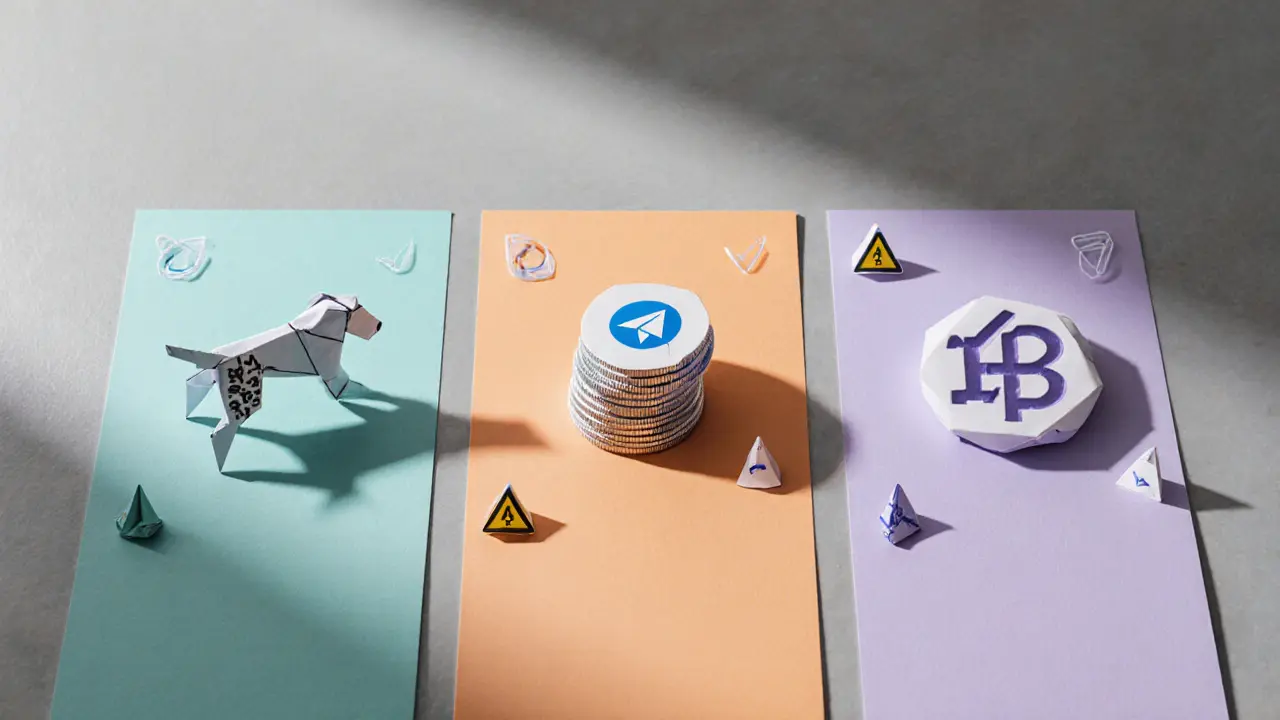
How to Verify an Airdrop Claim
- Check the source. Look for a pinned announcement on the official Discord or a tweet from the verified @DOGGY_NFT handle.
- Match the wallet address. Genuine airdrops are sent from the project’s contract address, which you can find on Etherscan under the “Contract” tab of the DOGGY NFT collection.
- Read the snapshot criteria. Legit airdrops specify block numbers, dates, and what holdings qualify (e.g., owning at least one NFT before a certain date).
- Never share private keys. No legitimate airdrop will ever ask for your seed phrase.
- Cross‑verify with community moderators. Moderators on the official Discord typically flag scams within minutes.
Common Scams That Use the DOGGY Name
Scammers exploit the name in three main ways:
- Fake claim sites. Webpages that promise “Claim your free DOGGY tokens now!” and ask for wallet addresses. The site then sends a tiny “test” token and asks you to approve a large transfer-classic phishing.
- Copy‑cat Telegram bots. Bots that DM you a link to a “DOGGY airdrop claim” page. The link often leads to a malicious dApp that can steal your NFTs.
- Impersonated influencers. Social media posts that look like they’re from the project’s founders, but the accounts have slightly altered usernames (e.g., @Doggy_NFTofficial).
All these tactics rely on the user’s confusion between DOGGY, DOGS, and DOG•GO‑TO‑THE‑MOON. The safest approach is to stick to the official channels listed on the project’s website.
Practical Checklist for Anyone Chasing Crypto Airdrops
- Confirm the project’s official social handles (Twitter, Discord, website).
- Read the whitepaper or roadmap for any airdrop mention.
- Verify the contract address on a block explorer (Etherscan for ERC‑20/721, TonScan for TON).
- Enable two‑factor authentication on all crypto‑related accounts.
- Use a separate “airdrop” wallet with only a small amount of ETH for gas fees.
- Never approve a transaction that asks for more than the airdrop amount.
- Report suspicious messages to the project’s official moderation team.
Side‑by‑Side Comparison
| Feature | DOGGY | DOGS | DOG•GO‑TO‑THE‑MOON |
|---|---|---|---|
| Type | ERC‑721 NFT collection | ERC‑20 (TON) fungible token | Bitcoin‑native Runes token |
| Launch Year | 2024 | 2024 | 2024 |
| Total Supply | 10,000 NFTs | 550billion DOGS | 100billion DOG |
| Airdrop History | No verified airdrop | 380billion tokens to 20.5M users (Sept2024) | 100billion tokens to 75K Ordinals holders (Apr2024) |
| Primary Platform | Ethereum | Telegram’s TON blockchain | Bitcoin (Runes protocol) |
| Current Trading Volume (24h) | $0 (very low) | Active on KuCoin, Gate.io, others | Limited OTC, no major exchange listings |
| Community Size (approx.) | Few hundred active members | Over 53M Telegram users | Few thousand Runestones collectors |
Next Steps: Stay Informed and Safe
If you’re still interested in the DOGGY NFT collection, the best move is to join the official Discord, follow the verified Twitter, and keep an eye on the “Announcements” channel for any future utility upgrades. For those chasing airdrops, shift your attention to projects that have publicly documented distributions-like DOGS-where you can verify eligibility on‑chain.
Remember, the crypto world loves a good meme, but it also loves a good scam. Treat every “free token” claim with healthy skepticism, and you’ll protect both your wallet and your peace of mind.
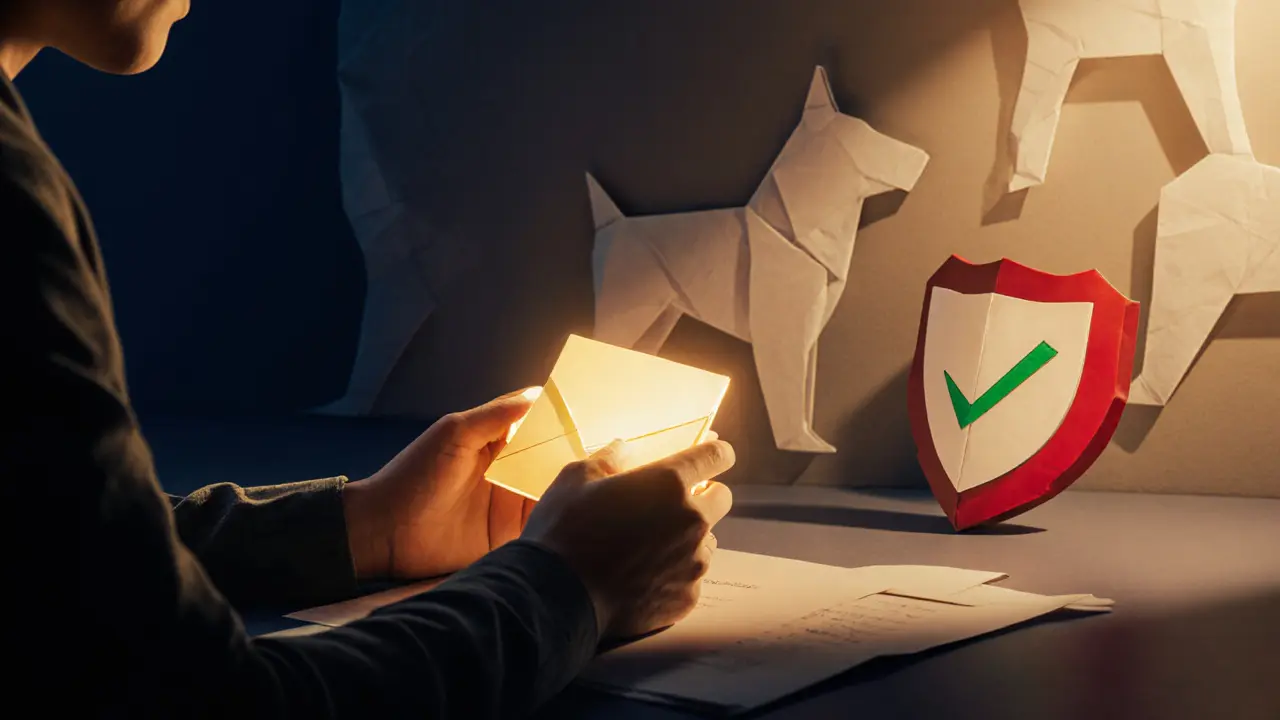
Frequently Asked Questions
Is there an official DOGGY airdrop coming?
No. As of October2025, the DOGGY team has not announced any airdrop. All official communication points to NFT minting and community events only.
How can I tell if a DOGGY airdrop claim is fake?
Check the source: only the verified Discord or Twitter account can post a real claim. Verify the contract address on Etherscan, never share your private key, and look for red‑flag phrases like “send us a small fee to unlock your reward.”
What’s the difference between DOGGY and DOGS?
DOGGY is an ERC‑721 NFT collection of pixel dogs. DOGS is a fungible token built on the TON blockchain that ran a massive Telegram‑based airdrop. They operate on different blockchains and have distinct distribution models.
Can I claim DOGGY tokens on KuCoin or Binance?
No. DOGGY is not a tradable token; it is an NFT collection. Exchanges list DOGS, not DOGGY.
Where can I find the official DOGGY roadmap?
The roadmap is posted in the pinned messages of the official Discord and linked from the Twitter bio. It outlines upcoming art drops and a future “Doggy Metaverse” preview.

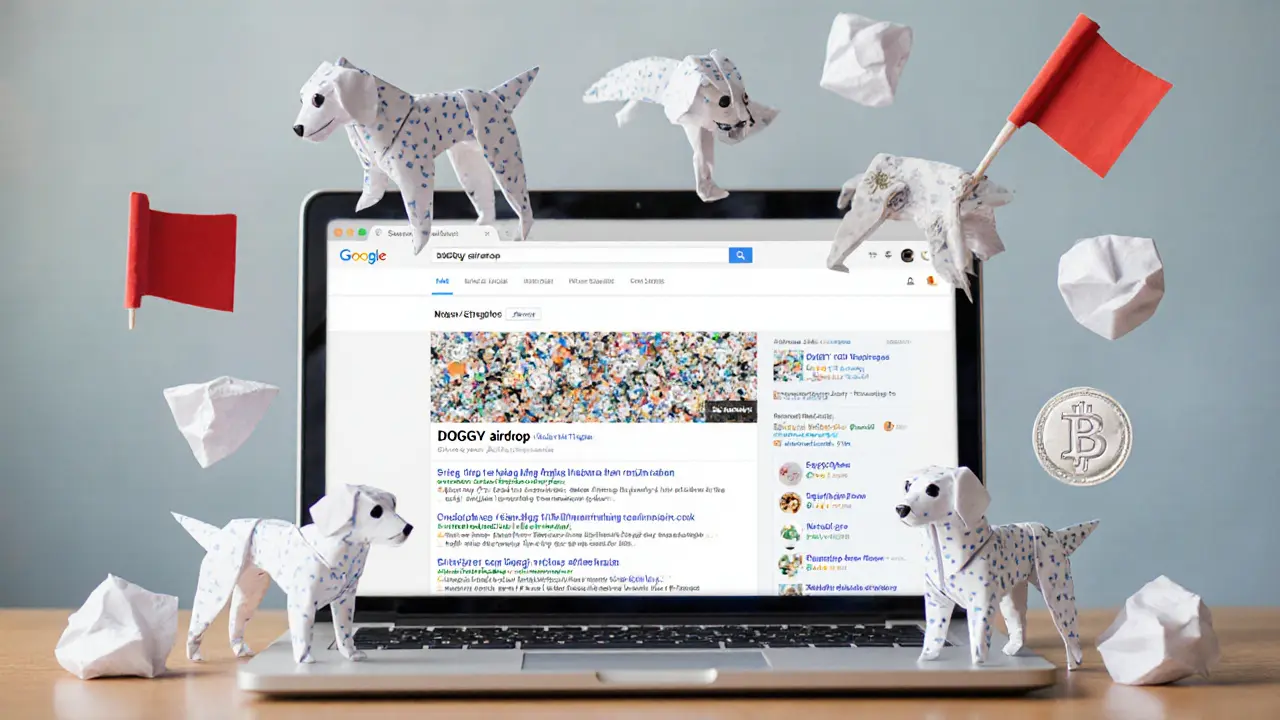
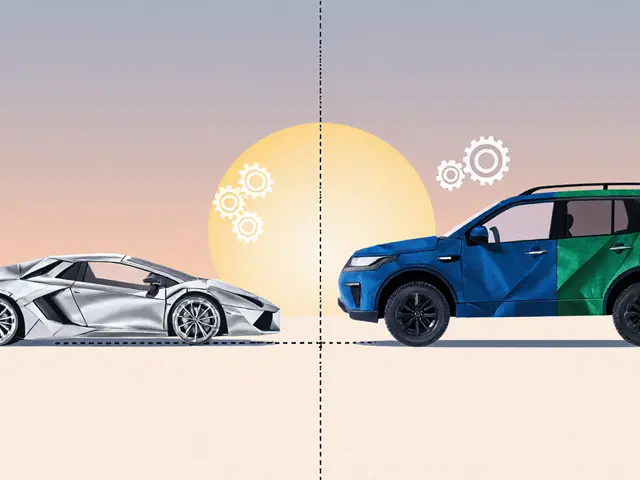
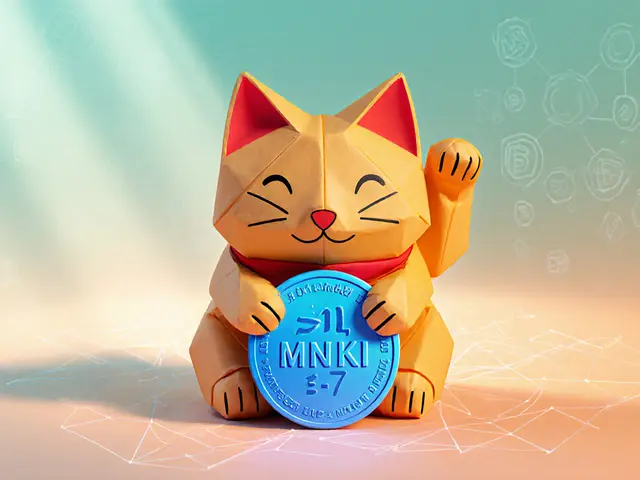
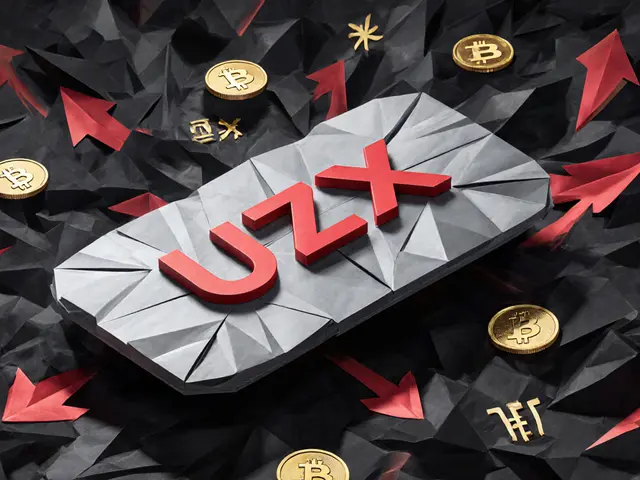
Latoya Jackman
It’s good to see a clear checklist; verifying the source and contract address are essential steps.
Megan King
i totally get why ppl are scared – those fake sites look super legit but they’re just trappers. stay safe!
WILMAR MURIEL
I’ve been following the DOGGY discussion since the first mint and wanted to add a few thoughts that might help newcomers.
First, the distinction between an NFT collection and a fungible token is not just academic; it changes how airdrops can even exist.
Because DOGGY lives on ERC‑721, the only way to distribute value widely is through minting or secondary sales, not through a token airdrop that you’d see with ERC‑20 projects.
That’s why the official channels have repeatedly said there is no DOGGY airdrop, and why any site promising free DOGGY tokens is almost certainly a copy‑cat.
Scammers love to borrow the hype around pixel‑art dogs, especially now that projects like DOGS and DOG•GO‑TO‑THE‑MOON have run massive giveaways.
If you see a message that asks you to approve a transaction, especially one that mentions a “small fee” to unlock a larger reward, treat it as a red flag.
Never share your private key or seed phrase; a legitimate distribution will never ask for that information.
A good practice is to keep a separate “airdrop” wallet loaded only with enough ETH for gas, so even if you get phished, the loss is limited.
Also, double‑check the contract address on Etherscan; the official DOGGY NFT contract is listed in the Discord pinned messages and on the project’s website.
When you compare the on‑chain activity, you’ll notice zero token transfer events for DOGGY, which aligns with the claim that no airdrop has happened.
Community moderators are quick to flag suspicious links, so if you’re ever in doubt, drop a screenshot in the official Discord and ask for verification.
Remember that the NFT market can be volatile, and the real value often comes from community engagement rather than a one‑off free token.
If you’re interested in the future utility that the team mentioned, keep an eye on the roadmap updates – they may introduce a metaverse feature that could give extra perks to NFT holders.
Until then, treat any “free DOGGY token” claim with the same skepticism you would any unsolicited crypto offer.
Sticking to these habits will protect both your assets and your peace of mind while you explore the broader dog‑themed crypto space.
carol williams
Let me set the record straight: anyone still believing there’s a secret DOGGY airdrop is simply falling for the same meme‑driven hype that flooded Telegram last summer, and it’s laughable that these scams keep re‑emerging.
jit salcedo
You know, every time a new dog‑project spawns it feels like the shadowy cabal behind the scenes is pulling the strings, dumping fake URLs like breadcrumbs to harvest wallets, and the DOGGY name is just the latest bait in their ever‑growing trap network.
Lisa Strauss
Great point! Let’s all keep the conversation friendly and share the official links so no one gets caught in that trap.
Rahul Dixit
Honestly, the hype machine churns out these so‑called airdrops faster than any government can regulate, and the only thing we’re left with is a pile of broken promises.
Krystine Kruchten
I appreciate the thorough breakdown; it reinforces the necessity of adhering to verified sources and underscores how community diligence can mitigate fraud.
Mangal Chauhan
Indeed, maintaining a disciplined approach is paramount. 📚🔐 Should anyone encounter a suspicious claim, forwarding it to the moderators greatly enhances collective security.
Iva Djukić
The discourse surrounding DOGGY highlights a broader systemic issue: the conflation of NFT utility with tokenomics creates a fertile ground for misinformation.
When developers publish roadmaps that merely allude to future utilities without concrete token mechanisms, the vacuum is quickly filled by opportunistic actors.
Technical due diligence-such as verifying contract bytecode against the official repository-serves as a critical barrier against malicious impersonation.
Moreover, community governance structures should institute formal verification checkpoints before any distribution claim is broadcast.
In practice, a multi‑signature treasury that requires consensus from recognized moderators can drastically reduce the attack surface.
Finally, education remains the most sustainable defense: onboarding newcomers with clear, jargon‑light tutorials on how to read Etherscan logs cultivates a resilient user base.
Darius Needham
Verify before you click.
Raj Dixit
Spreading misinformation harms the ecosystem; always cite primary sources.
Darrin Budzak
Absolutely, citing the official Discord and Twitter ensures we all stay on the same factual footing.